 |
| 'The Tangent Flows' |
 |
| Iron filings - buried with the dresses of 'The Tangent Flows' collection |
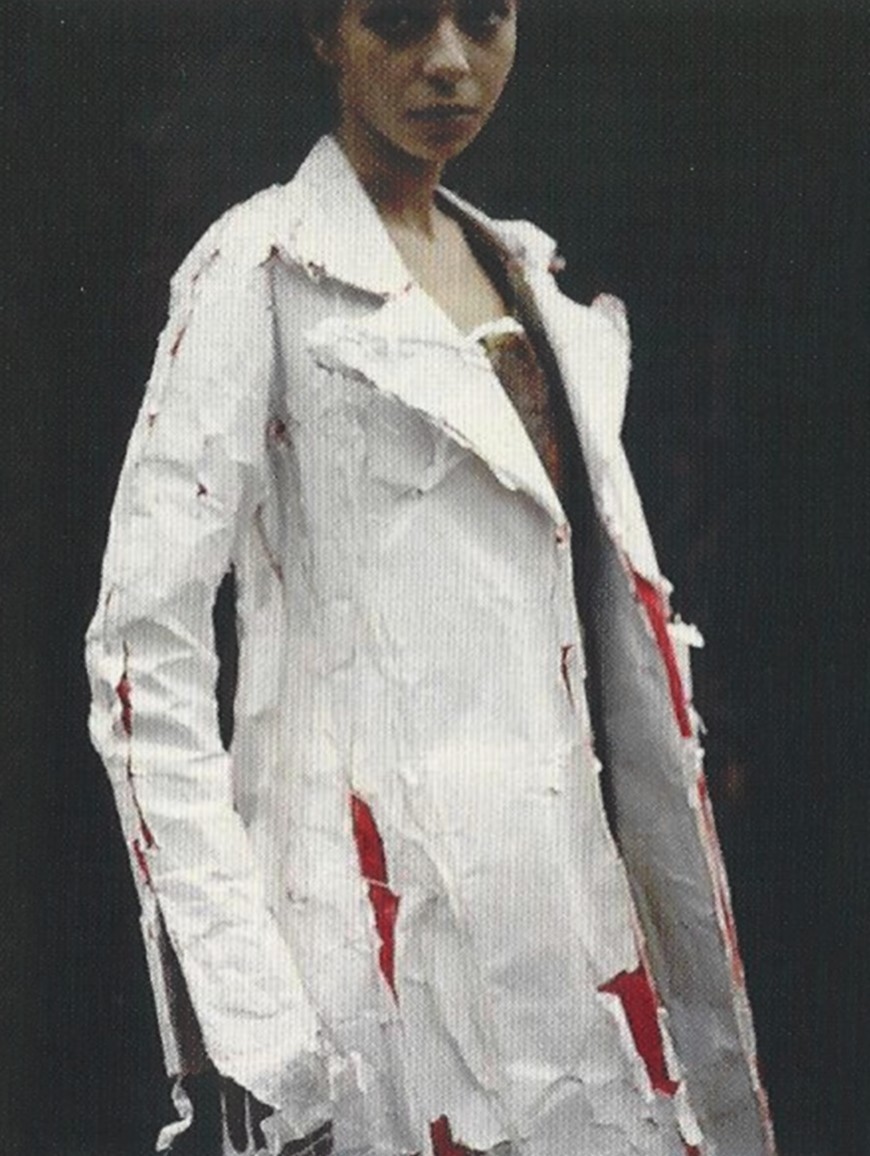 |
| 'The Tangent Flows' - Graduate collection, 1993 |
A frequent flyer from a young age, Chalayan has spoken of how his childhood was spent flying back and forth between Turkey and the UK, as well as how his earliest aspiration in life was to become a pilot. There are even photos of the designer as an 11-year-old boy with a book entitled 'Aircraft' in the background - considering this interest alongside the designer's fondness for incorporating advanced technology into his collections, it is almost unsurprising that the 'Aeroplane' dress has been shown in two different forms in two different collections.
A more melancholy reference to the concept was seen in the 1994 collection 'Cartesia', in which the designer showed a range of dresses made from an artificial paper called Tyvek. The 'Airmail' dress was a plain paper dress with a bright red and blue border - the exceptional part was that it came with its own envelope, stamped with the words 'Par Avion'. The dress was influenced by Chalayan's childhood in the sense that it was his way of remembering the days that he would send letters and cards by airmail to his mother in Turkey and was soon picked up by Icelandic singer Bjork who modelled the jacket on the cover of her 'Post' album, further propelling Chalayan and his avant-garde designs into the mainstream.
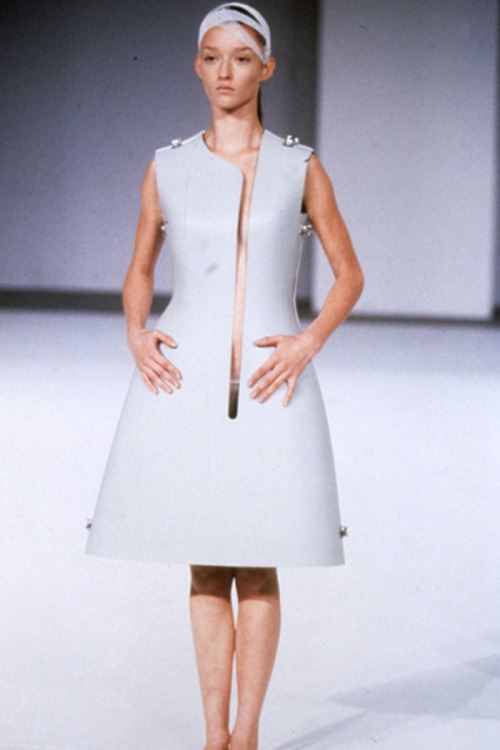 |
| Audrey Marnay in the original 'Aeroplane' dress - A/W 1999 |
 |
| Bjork in Chalayan's 'Airmail' dress on the 'Post' album cover |
Another concept frequently present in Chalayan's collections is the idea of a lack of identity - the idea of facelessness, one which the designer usually related to religion. Having lived a nomadic life, Chalayan has stated in interviews that he felt like a tourist wherever he went, a notion which was represented in his 2011 collection 'Sakoku'. Literally translating to 'Locked City', the collection was based around the time that Chalayan spent as a tourist in Japan, and was also influenced by the controversial political history of Japan. Shown as a fashion film as opposed to a traditional runway show, Japanese culture is omnipresent in the collection - mesh panels are reminiscent of Japanese sliding doors, white silk is draped to represent the waves of the ocean and distorted floral prints reference cherry blossom as well as the traditional Japanese art of flower arrangement.
The idea was explained more controversially in the 1998 collection 'Between', which was a commentary on the facelessness of women in the Turkish Muslim society. The show ended with women dressed in chadors (traditional Muslim dress) of varying lengths - from a model covered from head-to-toe in black fabric to a woman left naked from the neck down, the show remains one of Chalayan's most critically-acclaimed and also one of his most daring. The concept of facelessness was also represented via a series of heavy wooden helmets which obscured the entire face in Chalayan's 1998 'Panoramic'.
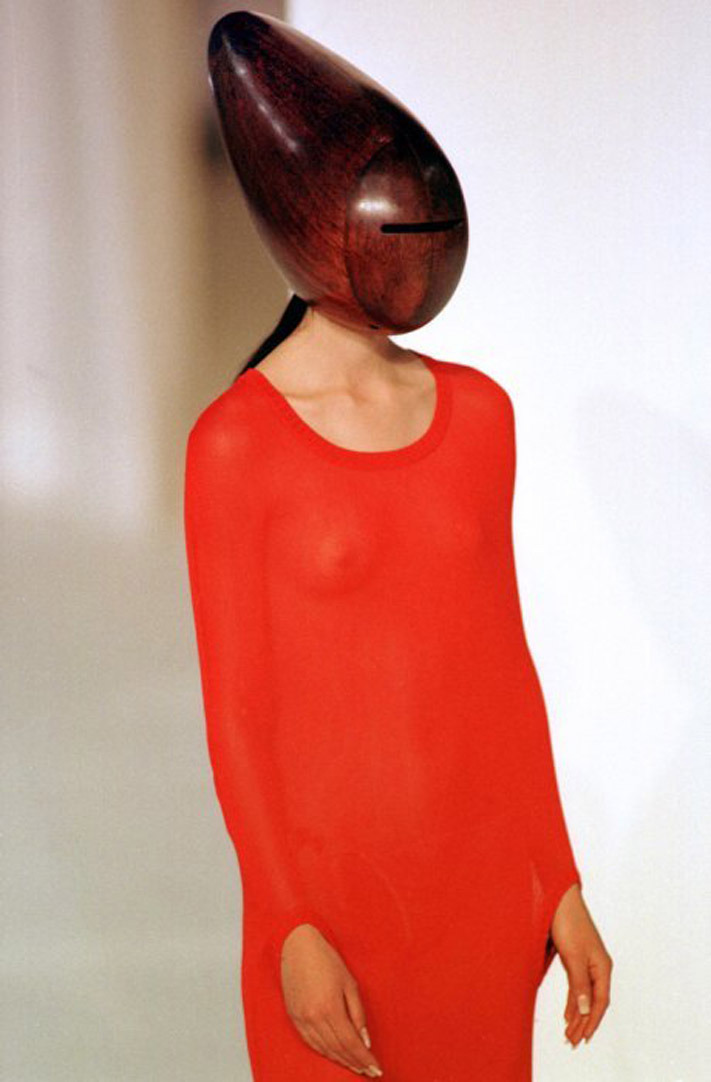 |
| Hussein Chalayan - 'Panoramic' |
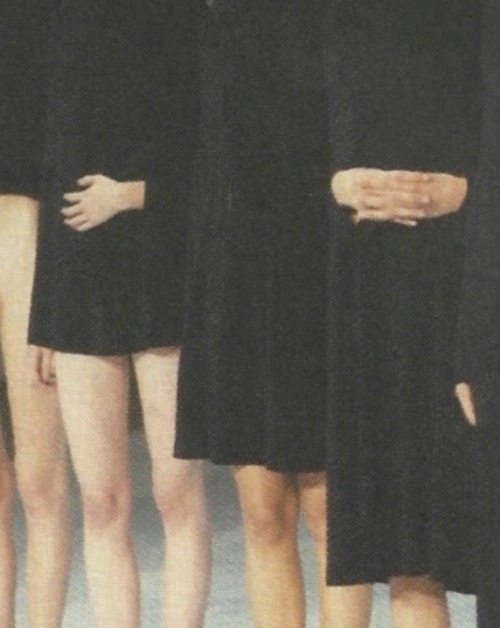 |
| The chadors in 'Between' |
The more melancholy idea of loss was explored in the 'Ventriloquy' collection - using a poppy-print to symbolise mourning of death at war, the runway show also featured a series of sugarglass dresses which were smashed on the runway. The show opened with a short film showing a 3D rendering of the destruction of one of the sugarglass dresses - the combination of the destruction of the dresses and the mourning of the poppies were combined to indicate a lack of morality in times of war, and the collection remains one of Chalayan's most beautiful.
 |
| Poppy-print dress taken from 'Ventriloquy' |
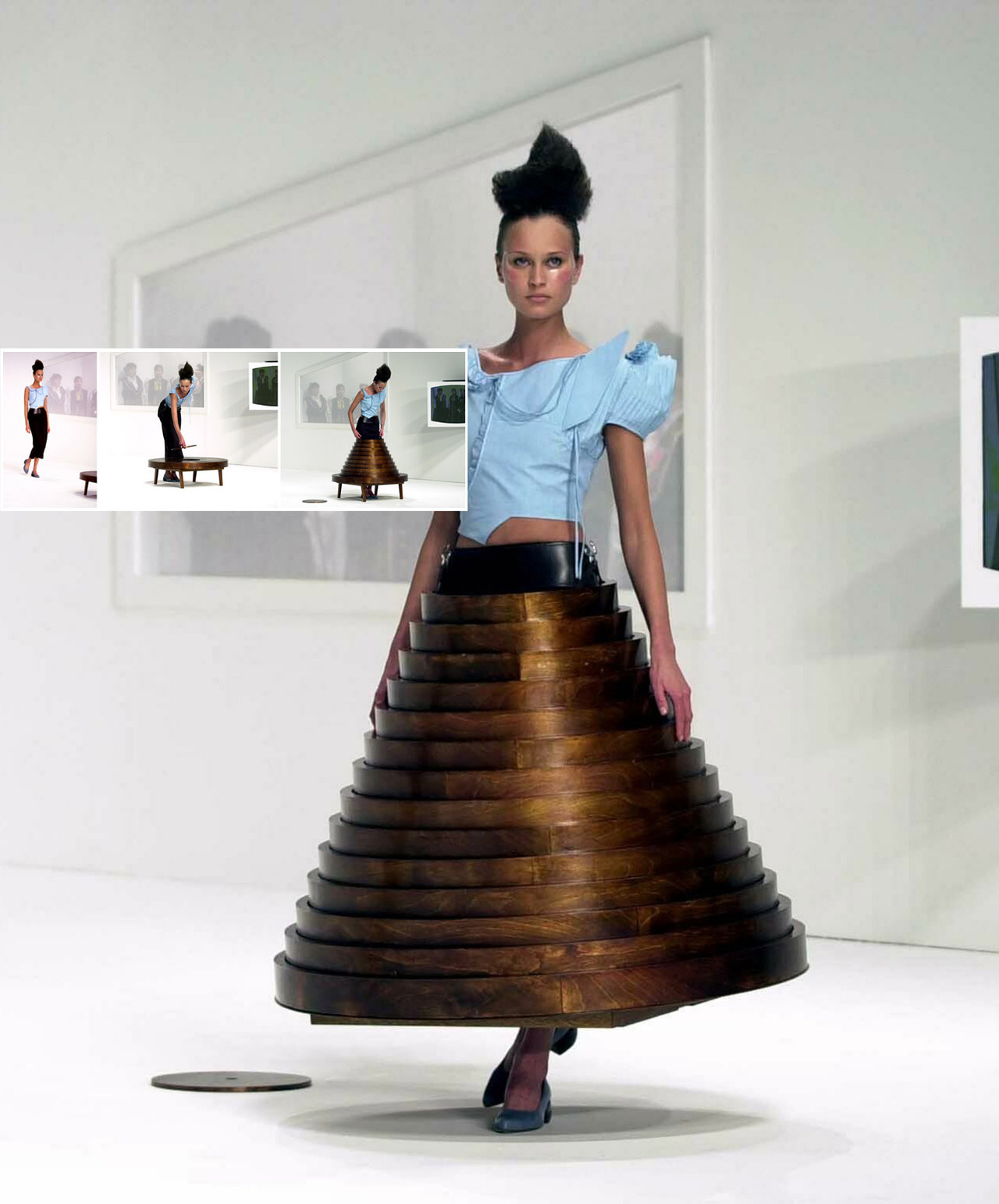 |
| Table skirt from 'Afterwords' |
 |
| Readings, S/S 2008 |
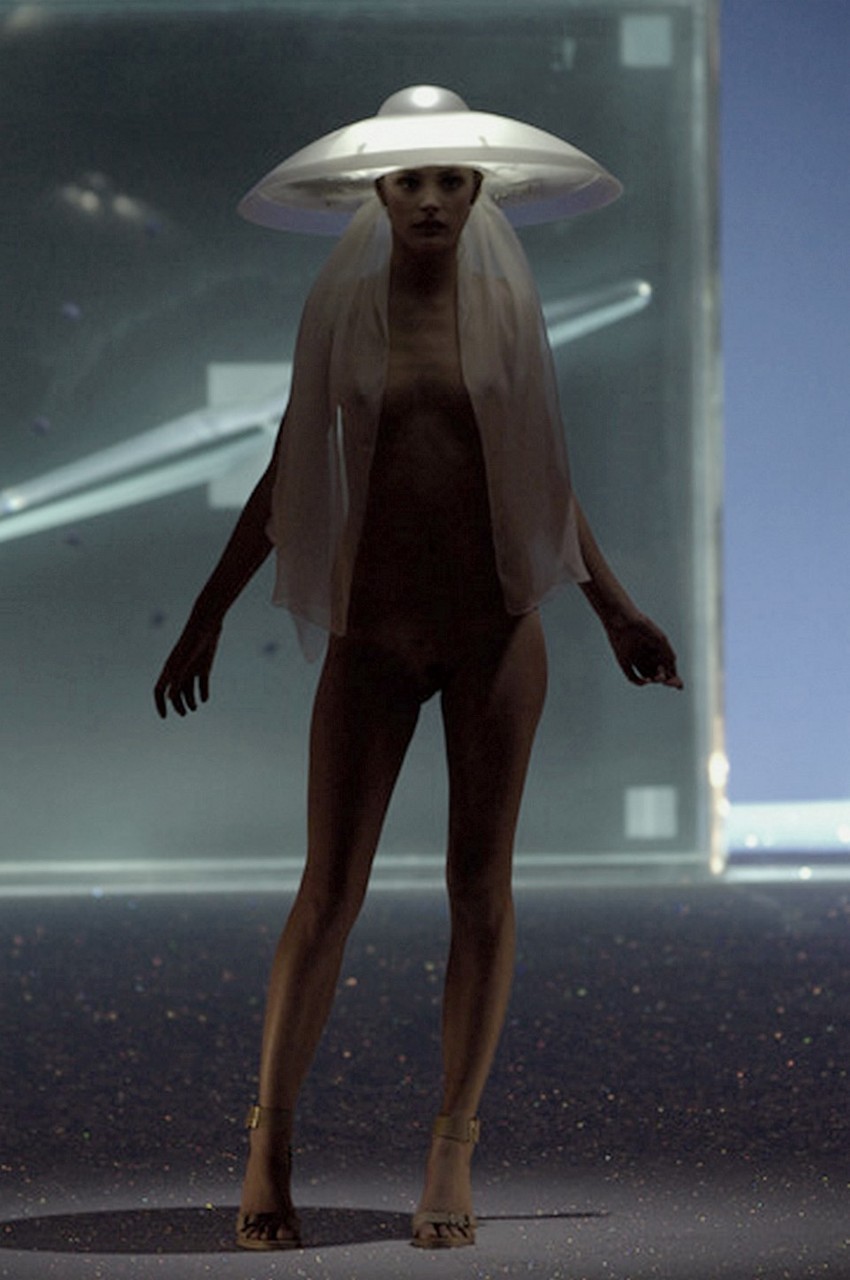 |
| The finale of 'One Hundred and Eleven' |

Awesome collection Chalayan. Ring skirt is very creative dress. Loved it!
ReplyDeleteCHALAYAN BLACK Designer
Các trang phục rất đẹp, rất ấn tượng, cảm ơn bài viết của bạn, Mời bạn xem các thông tin bài viết : Bạn nên tham khảo các thông tin về các dịch vụ nha khoa ?
ReplyDeleteNice article. Thank you so much for sharing. Know about Bitwissend, the best web development company kerala.
ReplyDelete